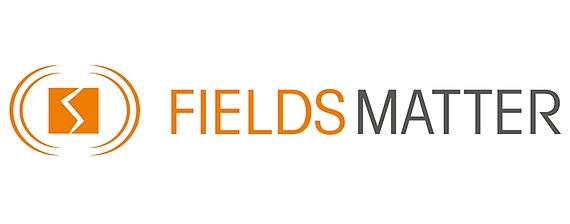Impact of electric fields on microstructure evolution in functional ceramics
Topic
Sintering in an electric field is a new and promising field of materials science. It resulted in the discovery of flash sintering, which has proved to be a versatile technique for powder densification. However, as many processes are active during field assisted sintering, the specific influence of the electric field is difficult to isolate. In the first period of the priority programme, we investigated the origin of microstructural gradients during microstructure evolution in electric fields for strontium titanate (STO). We placed the emphasis on flash sintering, field assisted grain growth, and atomistic simulations of defect formation energies and migration barriers of point defects. Grain growth in STO was studied by analyzing the microstructure evolution of seeded polycrystals at different temperatures, heating times and electric field strengths. We identified changes in space charge characteristics, induced by electromigration of oxygen vacancies, as the probable mechanism for the formation of microstructural gradients. A model was introduced that suggests redistribution of oxygen vacancies at the negative electrode causes a decrease of the electrostatic potential and the intrinsic drag on a moving grain boundary (GB), thereby locally accelerating grain growth. These findings are supported by TEM observations and continuum-level thermodynamic modelling of space charge layers. Classical atomistic calculations were used to establish a computational simulation framework for the formation and migration of point defects at grain boundaries. The results have led to detailed insights into the dependence of microstructure evolution on defect chemistry even beyond field assisted sintering and grain growth. The findings contribute to a better understanding of the manipulation of materials by electric fields. On the basis of the knowledge acquired, the focus of the second period, experimentally, will be on altering the defect chemistry and defect migration kinetics of strontium titanate and other perovskite materials by introducing dopants, changing atmospheres and applying AC electric fields. The theoretical part will focus on building a more efficient workflow to predict macroscopic diffusion constants for the relevant defect species based on master equations and to implement the electric field effects directly (migration and vacancy formation energies) and indirectly (field driven configurational changes of the grain boundaries).
Contact person(s)
Prof. Dr. Christian Elsässer | Prof. Dr. Michael J. Hoffmann | Prof. Dr. Roger A. De Souza |
|---|---|---|
Albert-Ludwigs-University Freiburg Freiburg Materials Research Center (FMF) | Karlsruhe Institute of Technology (KIT) Institute for Applied Materials- Ceramic Materials and Technologies (IAM-KWT) | RWTH Aachen Institute of Physical Chemistry |
Stefan-Meier-Straße 21 79104 Freiburg | Haid-und-Neu-Str.7 76131 Karlsruhe | Landoltweg 2 52056 Aachen |
Tel: (+49) 761 5142 286 | Tel: (+49) 721 6084 4246 | Tel: (+49) 241 80 94739 |
Fax: (+49) 721 6084 8891 | Tel: (+49) 241 80 92128 | |
Proj.-Nr. EL 155/31-1 | Proj.-Nr. HO 1165/22-1 | Proj.-Nr. DE 2854/17-1 |

